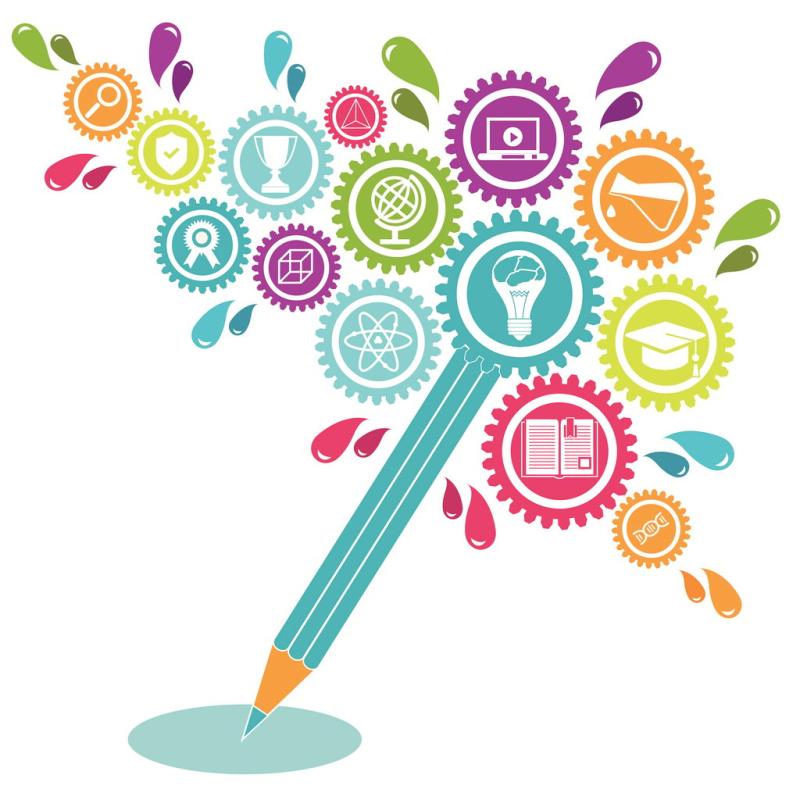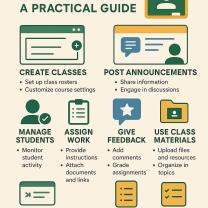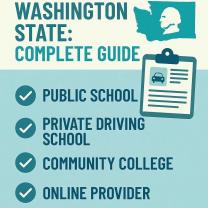What is the importance of instructional materials in teaching?
Instructional materials play a crucial role in teaching and learning processes, enhancing the overall educational experience for students. These materials encompass a wide range of resources, including textbooks, visual aids, multimedia presentations, manipulatives, and other tools used by educators to facilitate effective instruction. The importance of instructional materials in teaching can be observed through various factors:
Facilitates Understanding:
- Instructional materials provide visual and tangible representations of concepts, making it easier for students to understand complex topics. Visual aids, diagrams, and multimedia resources can clarify abstract ideas and enhance comprehension.
Engages Different Learning Styles:
- Students have diverse learning styles, including visual, auditory, and kinesthetic. Instructional materials cater to these different styles, ensuring that a broader spectrum of students can grasp and retain information effectively.
Supports Active Learning:
- Interactive and hands-on instructional materials encourage active participation from students. Manipulatives, experiments, and multimedia presentations can stimulate curiosity and engagement, fostering a deeper understanding of the subject matter.
Promotes Retention and Recall:
- Well-designed instructional materials help improve information retention and recall. Visual aids, diagrams, and multimedia presentations create lasting impressions, making it easier for students to remember and retrieve information when needed.
Enhances Teaching Efficiency:
- Instructional materials enable teachers to convey information more efficiently and effectively. They serve as tools that streamline the teaching process, allowing educators to focus on facilitating discussions, answering questions, and providing additional support.
Provides Real-world Context:
- Instructional materials often include real-world examples, case studies, and practical applications of concepts. This connection to real-world scenarios helps students see the relevance of what they are learning and how it applies beyond the classroom.
Encourages Critical Thinking:
- Instructional materials can be designed to encourage critical thinking and problem-solving skills. Case studies, simulations, and thought-provoking questions prompt students to analyze information, draw conclusions, and apply their knowledge.
Accommodates Diverse Learners:
- Diverse classrooms require instructional materials that accommodate different learning needs and abilities. These materials can be tailored to provide additional support for struggling students or challenge those who need more advanced content.
Facilitates Lesson Planning:
- Teachers can leverage instructional materials during lesson planning to organize content and activities effectively. Having a variety of materials at their disposal allows educators to create dynamic and engaging lessons.
Keeps Pace with Technology:
- In the digital age, instructional materials often incorporate technology, including online resources, interactive software, and multimedia presentations. Embracing technology in instruction aligns with contemporary learning preferences and prepares students for technology-rich environments.
Promotes Student Independence:
- Instructional materials can empower students to take ownership of their learning. Providing access to resources allows students to review and reinforce concepts independently, fostering self-directed learning.
In summary, instructional materials are essential tools that contribute to effective teaching and meaningful learning experiences. They cater to diverse learning styles, promote engagement, support understanding, and enhance the overall quality of education. Educators who judiciously integrate instructional materials into their teaching practices can create dynamic and student-centered classrooms.
The Power of Tools: Exploring the Importance of Instructional Materials in Education
Instructional materials are no mere accessories in the classroom; they're dynamic tools that fuel both teaching and learning, enriching the educational experience in countless ways. Let's delve into the significance of these resources and their impact on the learning process:
1. Importance of Instructional Materials:
- Multiple Learning Pathways: Diverse materials cater to various learning styles (visual, auditory, kinesthetic) and individual needs, enhancing accessibility and comprehension.
- Concrete Representation: Abstract concepts become tangible through visuals, manipulatives, and simulations, aiding understanding and retention.
- Engagement and Motivation: Interactive materials spark curiosity, encourage active participation, and make learning more enjoyable, fostering a positive learning environment.
- Scaffolding for Understanding: Materials can break down complex topics into manageable steps, providing a gradual progression that builds knowledge and confidence.
- Differentiation and Individualization: Tailored materials allow teachers to address diverse learning levels and interests, ensuring personalized learning experiences.
2. Enhancing Educational Activities:
- Visual Aids: Images, diagrams, and videos bring concepts to life, improving information processing and memory recall.
- Interactive Tools: Simulations, games, and technology-based resources engage students in active learning, promoting critical thinking and problem-solving skills.
- Hands-on Experiences: Manipulatives and experiments provide opportunities for kinesthetic learning, solidifying understanding and fostering application of knowledge.
- Collaboration and Communication: Group projects and shared exploration of materials encourage teamwork, communication, and social skills development.
- Independent Learning: Resources like textbooks, workbooks, and online platforms support independent learning and self-directed exploration.
3. Targeted Materials for Specific Needs:
- Subject-Specific: Instructional materials are designed to align with specific learning objectives and content standards within diverse subjects, from science experiments to literary analysis tools.
- Grade-Level Appropriate: Materials are tailored to the developmental and cognitive abilities of students at different grade levels, ensuring appropriate challenge and engagement.
- Special Needs: Resources can be adapted or designed to cater to students with learning disabilities or diverse needs, promoting inclusivity and equal educational opportunities.
4. Integrating Materials into Lesson Planning:
- Alignment with Learning Objectives: Teachers carefully select and create materials that support the desired learning outcomes for each lesson.
- Variety and Engagement: A blend of different types of materials keeps students engaged, prevents monotony, and caters to diverse learning styles.
- Interactive and Active Use: Materials are not just presented; they are incorporated into activities, discussions, and hands-on experiences to maximize learning potential.
- Differentiation and Assessment: Teachers use materials to address individual needs and assess student understanding throughout the learning process.
5. Impact of Well-Designed Materials:
- Increased Student Engagement: When students are actively involved and curious, they learn more effectively and retain information better.
- Improved Understanding: Concrete representations and diverse learning pathways lead to deeper comprehension of complex concepts.
- Higher Motivation and Confidence: Engaging materials make learning enjoyable, fostering a positive attitude towards education and boosting self-efficacy.
- Development of Critical Skills: Interactive tools and activities allow students to practice critical thinking, problem-solving, and communication skills.
- Personalized Learning Experiences: Tailored materials ensure individual needs are met, maximizing learning potential for all students.
In conclusion, well-designed instructional materials are not just add-ons; they are essential tools that empower teachers to create dynamic and effective learning environments. By utilizing a diverse range of resources, aligning them with specific learning objectives, and integrating them into engaging activities, teachers can unlock the full potential of their students and pave the way for a deeper, more meaningful educational experience.
Remember, the magic lies not just in the materials themselves, but in the skillful hands of educators who transform them into powerful catalysts for learning and growth.













